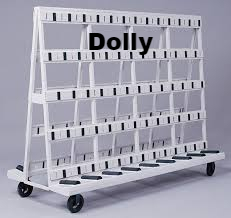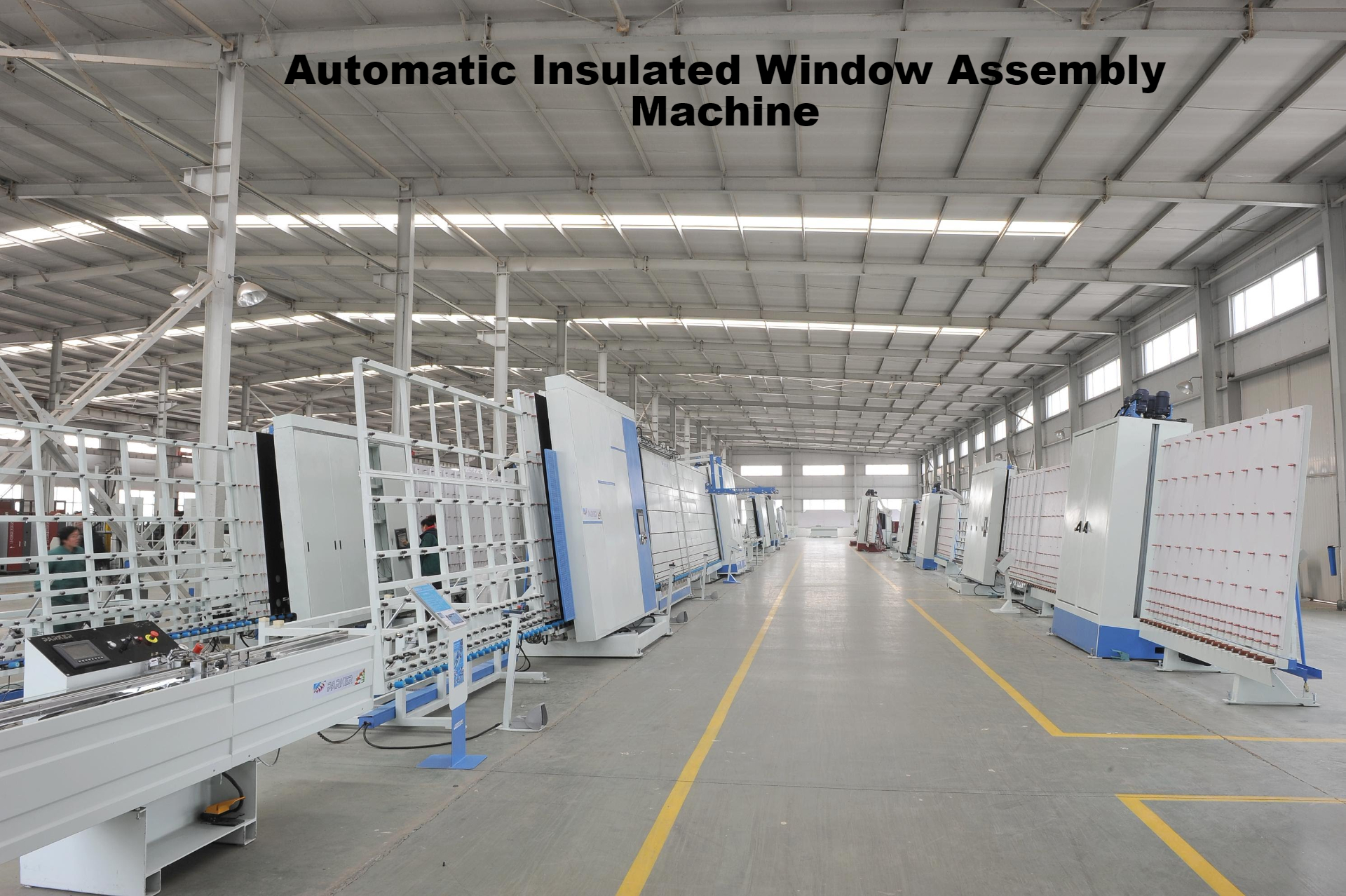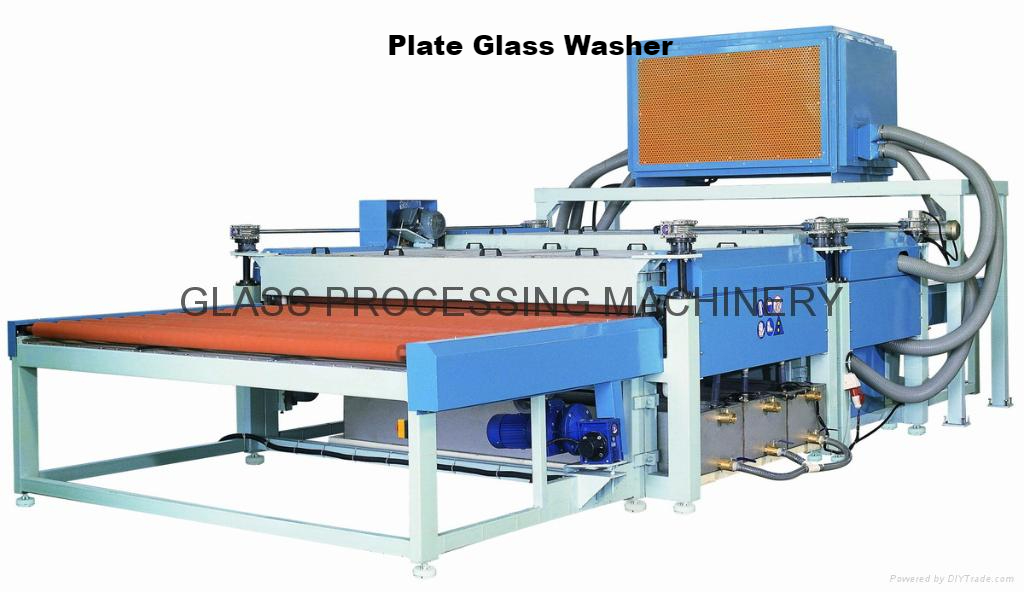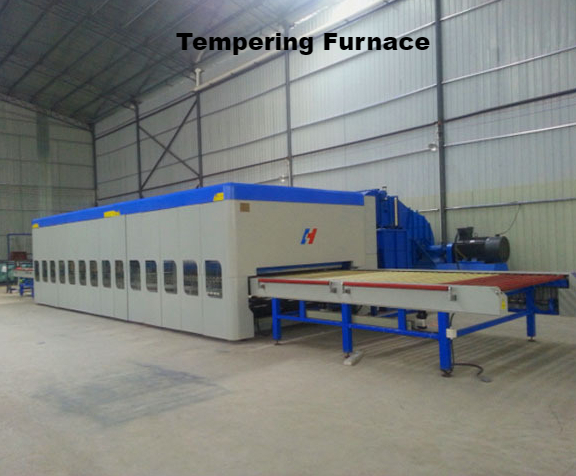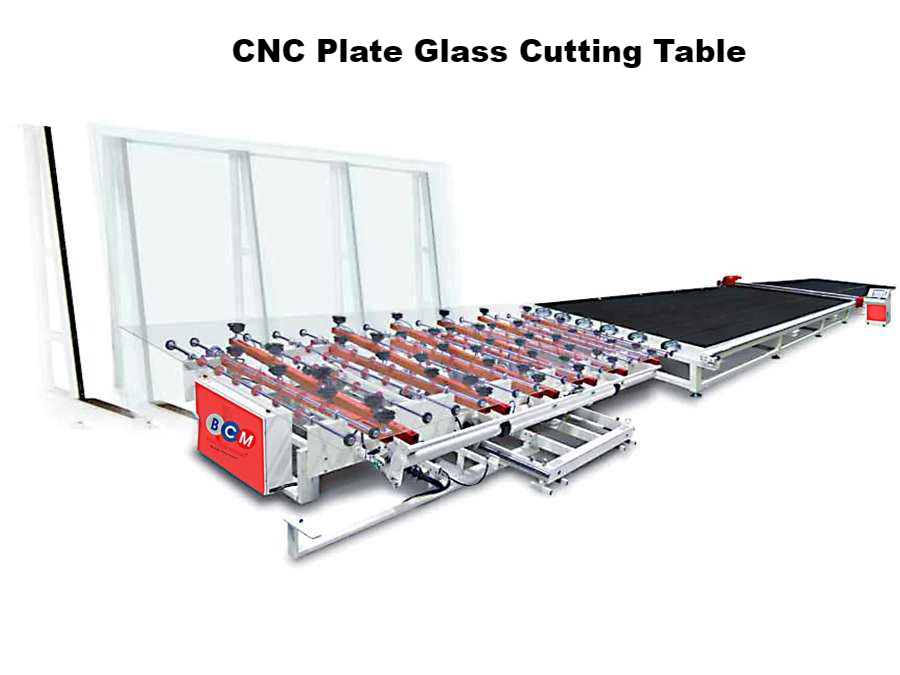Curtain Wall Window Plant ERP System Bottleneck
In 1990 the principal of Burns Bridge was employed as an engineering and shipping manager in a three year old 270,000 square foot insulated window manufacturing plant with about 160 employees. The plant was losing 1 million per month on 20 million per year of sales and had not run well since its opening approximately three years before. The plant was an amalgam of three small glass plants. The plant contained a CNC cutting table, computer controlled tempering furnace, assorted automatic glass washers, assorted glass fabrication equipment, an autoclave to cure multi layer ballistic resistant glass, a state of the art Low E PVD coater and a CNC controlled automatic insulated window machine. Some of this equipment is pictured below.
The plant was in dire danger of closure due to its three year money losing performance record.
The plant contained approximately 700 A frame style dollies for moving sheet glass around the plant. Sheet glass was primarily cut on the afternoon shift with the cut pieces labeled with an adhesive sticker and loaded en masse onto a dolly.
One of the legacy plants was unionized and as a result, this unit provided the representation for the whole plant. Industrial relations were completely dysfunctional with over 600 grievances backlogged. Plant management had slipped into the error of blaming the employees for the poor performance of the plant. As morally bankrupt as the relationship between management and the union was, this was by no means the root cause of why the plant was losing money.
With his office located at the back of the plant, the engineering manager watched two employees every day scrap sheet glass from dollies into lugger bins for 8 hours. After a brief discussion with the materials manager and a cursory follow up investigation, it was concluded that the problem was that of glass being lost at the cutting table. The ERP system was designed to print a set of labels sequenced by the cutting table cut list. As each piece of glass was cut and loaded on a dolly, a label was affixed to it. The pieces of sheet glass (lites) could be an assortment of different sizes for different orders and different line items on an order. This process was akin to scrambling a jig saw puzzle after its completion. The IT management system had put in place a system which tragically lost the glass the moment it was cut and labeled due to the 700 dollies in the plant and the randomization of the glass on each dolly.
The employees scrapping glass on days were unloading dollies to create storage space for new cut lites on the next afternoon shift. Management until this point was blissfully unaware of the daily losses at the back of the plant. The employees in their frustration had come up with a rudimentary manual paper system to try and track the cut glass by dolly. However a significant portion of each day's cutting output was still being lost.
The solution was obvious, sort at the cutting table. Immediately a sorting system was put in place to organize glass by order and line item and to track it by dolly number. To make this work, several empty dollys had to be staged at the end of the cutting table to facilitate the sorting process on each afternoon shift. This change while not eliminating the problem of lost lites, mitigated the problem substantially by facilitating a 95% improvement.
Outcome: This is an example of an IT system bottle-necking or hamstringing a plant. Unfortunately, the fix was too little too late. When the operations manager presented this finding and its already implemented fix, together with other continuous improvement and restructuring items needed to establish a positive bottom line, he was asked to prepare the plant to close four months later. This is a cautionary tale of making the mistake of blaming employees when an organization is not performing well. When an organization fails it is always management's fault.
In this case the IT system was the common cause bottleneck.
 Home
Home